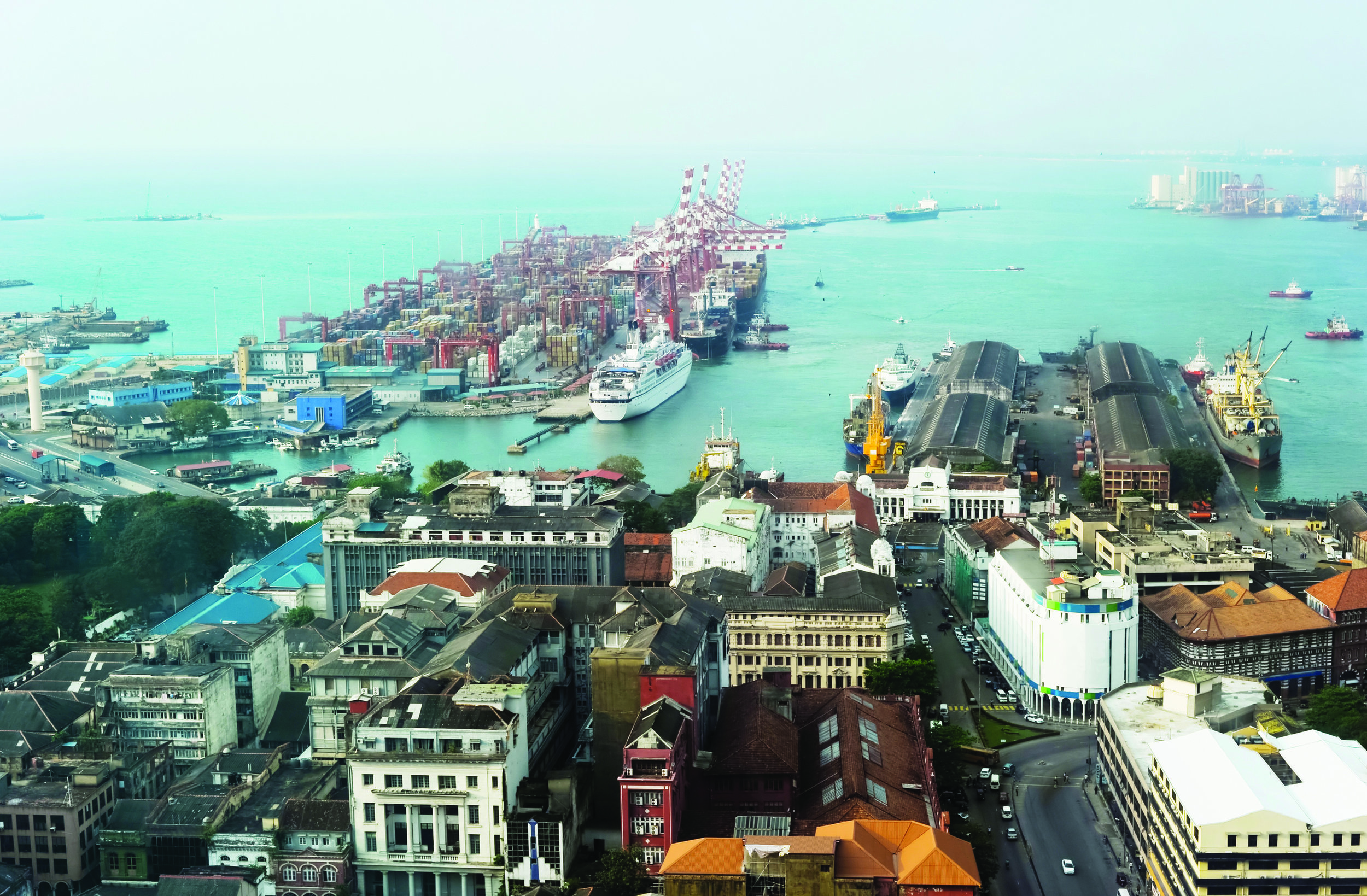Field Report: France
We need to enhance the number of emergency physicians. Many emergency departments and prehospital EMS (SAMU) are struggling to recruit young emergency physicians, despite the fact that emergency medicine was successfully established as a specialty in November 2015. The fact is, the number of young physicians entering the specialty is still insufficient. The majority of emergency physicians working in the emergency department and prehospital EMS are over 50 years old and most of them wish to change their specialty to another.
Working conditions are another big challenge in French emergency medicine. The 48-hour (now 39-hour) per week law is supposed to be attractive for young emergency physicians, but is not sufficient for the emergency department. It results in overcrowding, which has become a nationwide problem. The French Ministry of Health has given some recommendations to prevent patients for visiting the ED and to fix the boarding patients problem, but the number of general practitioners is decreasing every year, so the problems are multi-faceted. The Ministry of Health has suggested enhancing hospital capacities, developing ambulatory care, involvement of administrators in bed management, and using bed managers among other tactics.
A third challenge is France’s aging population, which is still growing. The number of ED visits within the elderly population is difficult to manage for many reasons, from multiple disorders to mental health issues to social problems. Implementation of the Lean process in hospitals is still rare in France and organization of ED process is still a challenge. For instance, Point of Care and Dedicated Imaging for Emergencies are not well developed.
In France there is a dual culture. Pessimistic emergency teams are daily unhappy with their conditions and not ready to change, yet they can surpass themselves when a disaster strikes, like a terrorist attack. This is the “French Revolution“ mentality.
The fact that emergency medicine was recognized as a full specialty in 2015 is still worth celebrating. The recognition of EM as a specialty in France is the outcome of a 40-year story since the creation of the first ambulances in the 70s for management of car injuries. The French “stay and play” model is no longer an antagonist to the American “scoop-and run” model. The evolution of the management of severe injuries encourages a “stay load and go” model where the objective is to keep the patient alive and drive MICU to the OR.
Second, while recent terrorist attacks have been devastating, they have shown that France’s management and preparedness programs against terrorist attacks are strong. All the French regions are now implementing a nationwide plan for disaster and terrorist attacks. Annual preparedness scenarios for massive attacks are updated with simulation training programs for EMT and hospitals to “be prepared to be surprised.” Equipment of MICU ambulances (SMUR) for damage control are part of the National Emergency Plans.
We also celebrate that French emergency medicine is working with EMS to train their personnel for a unique and specific way to practice emergency care. Specifically, ED and EMS Leaders are working to develop new concepts of emergency medicine, like the prehospital ECMO program, initiated for out-of-the hospital cardiac arrest. This program has excellent results on survival rates.
We’ve also worked to develop telehealth, telemedicine and IT solutions (Google Glass for EMS, drones for casualties events). Simulation centers are still in progress and France is trying to develop them in University Hospital Centers.





